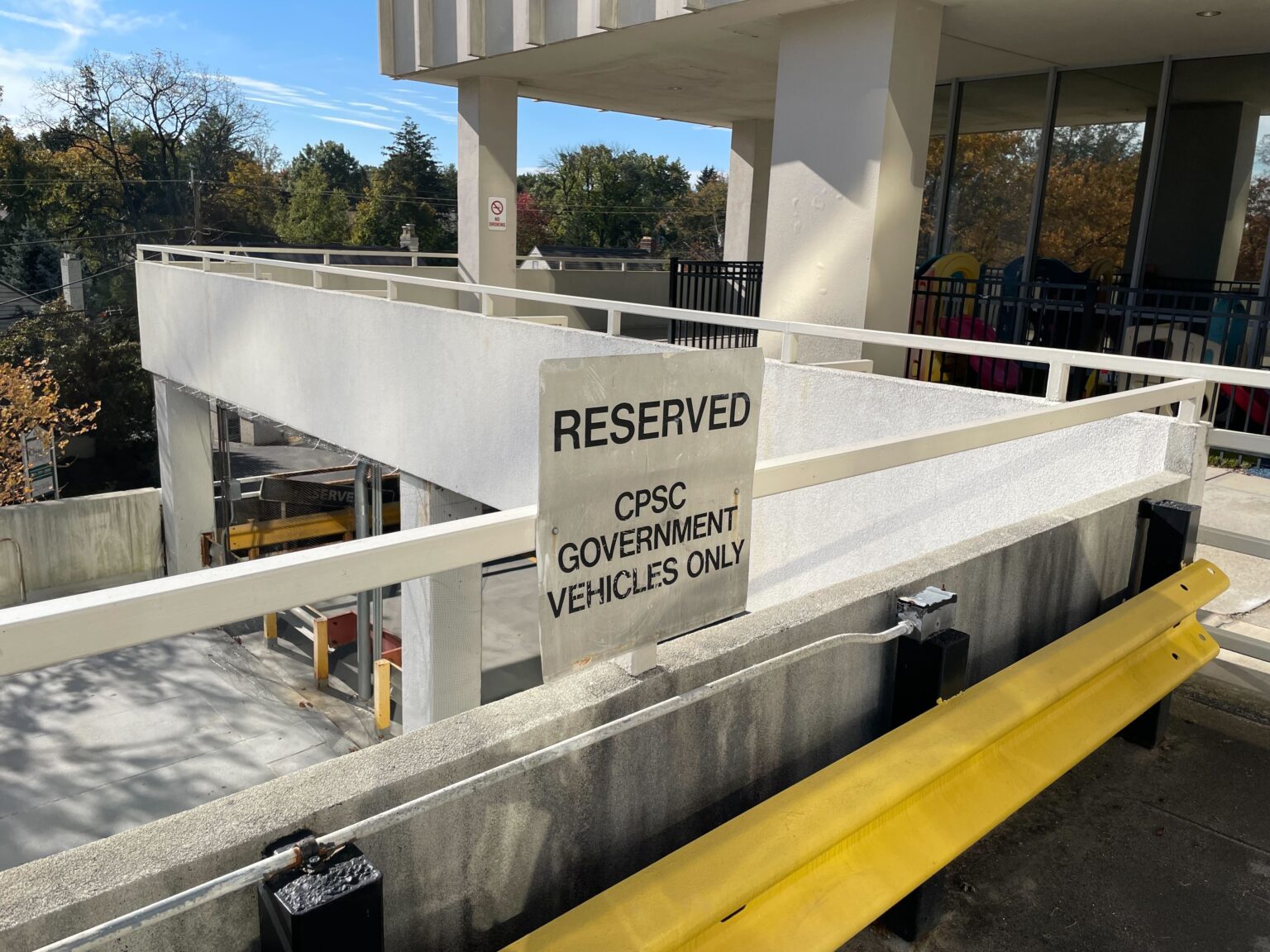Legal Ruling Challenges Presidential Authority Over Independent Regulatory Bodies
In a landmark decision issued on Friday, a federal judge determined that President Donald Trump did not possess the constitutional authority to dismiss three Democratic commissioners from the Consumer Product Safety Commission (CPSC), a key independent agency overseeing consumer product safety. This ruling effectively overturns their recent dismissals, which occurred last month, and raises significant questions about the extent of presidential power over independent federal agencies.
Judicial Findings and Implications for Agency Independence
The court concluded that President Trump failed to substantiate claims of misconduct or neglect by the commissioners, as mandated by law to justify their removal. Without evidence of malfeasance, the judge’s decision reinstates the three commissioners-Alex Hoehn-Saric, Mary Boyle, and Richard L. Trumka Jr.-allowing them to resume their regulatory duties. Hoehn-Saric, who previously served as the CPSC’s chairman, expressed his eagerness to continue working toward ensuring consumer product safety across the United States.
Broader Context: Presidential Power and Agency Autonomy
This legal confrontation is part of a broader debate that has gained momentum during Trump’s presidency regarding the president’s authority to remove officials from independent agencies. The Supreme Court is currently reviewing cases involving the firing of officials at agencies such as the National Labor Relations Board and the Merit Systems Protection Board. Additionally, in March, Trump dismissed two Democratic commissioners at the Federal Trade Commission-Rebecca Slaughter and Alvaro Bedoya-prompting separate legal challenges that question the constitutionality of such removals.
Responses and Future Legal Battles
The White House has yet to comment publicly on the recent ruling. Meanwhile, the legal landscape remains dynamic, with ongoing disputes over the limits of presidential control over independent agencies. The outcome of these cases could redefine the balance of power between the executive branch and independent regulatory bodies, potentially leading to significant shifts in how these agencies operate and are overseen.
The Role and Function of the Consumer Product Safety Commission
The CPSC plays a vital role in safeguarding consumers by regulating the safety standards of everyday products-from strollers and toasters to bicycles. It enforces safety regulations, manages product recalls, and works to eliminate hazardous materials in consumer goods. For example, the agency has banned certain toxic chemicals in children’s toys and has issued recalls for unsafe furniture and jogging strollers prone to structural failure.
Legal Conflicts and Industry Challenges
The agency’s authority sometimes clashes with corporate interests. A notable case involves Amazon, which filed a lawsuit earlier this year seeking to overturn a CPSC order holding the company accountable for unsafe products sold on its platform. Amazon contended that it functions more as a distributor than a retailer for some items, arguing that it should not be bound by recall orders. The company also challenged the constitutionality of the CPSC’s authority, asserting that the president’s inability to remove commissioners renders the agency unconstitutional.
Potential Structural Changes Under Consideration
Amid these legal disputes, the Trump administration appeared to pursue significant restructuring of the CPSC. An early budget proposal obtained by The Washington Post indicated plans to integrate the agency into the Department of Health and Human Services, effectively ending its status as an independent entity. Such a move could alter the agency’s operational independence and influence its ability to enforce consumer safety regulations effectively.
As these developments unfold, the debate over the scope of presidential power and the independence of regulatory agencies remains at the forefront of national policy discussions, with implications that could reshape the landscape of federal oversight for years to come.

